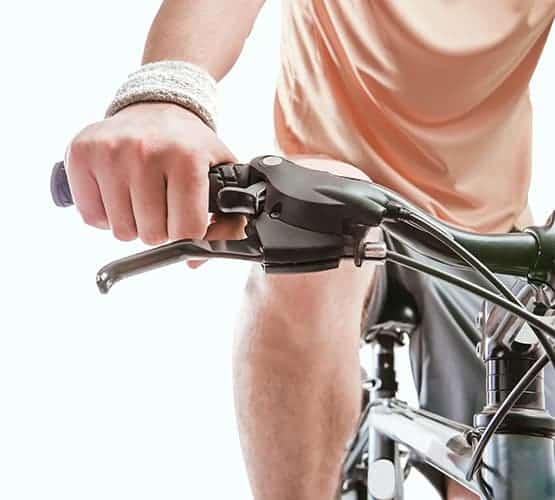Spider Veins
Overview
What Are Spider Veins?
What Causes Spider Veins?
The most frequent culprit behind spider veins is improper circulation in deeper leg veins which causes spider veins to appear at the surface. Leg veins are tasked with carrying blood back up to the heart once it delivers oxygen to the cells. The veins located deeper within the legs transport the majority of blood, but the superficial, or saphenous, veins near the skin’s surface share some of the work in that upward transit. Leg veins rely on valves that close to keep blood flowing upward and against the gravitational pull downward.
When circumstances cause a valve to fail, the blood leaks backwards, causing pressure, bulging, and the development of new spider veins at the surface. This common occurrence affects nearly half of all men, and over half of all women in the United States. Some patients have no symptoms with spider veins, while others have marked discomfort. Common symptoms include leg heaviness, restlessness, cramps, fatigue, pain, and swelling, which often worsen with prolonged standing or sitting. Exercise and proper posture assist in optimizing circulation and eliminating spider vein symptoms.
Who Is At Risk For Spider Veins?
What Are the Symptoms of Spider Veins?
How Do Doctors Treat Spider Veins?
What Is the Best Treatment for Spider Veins?
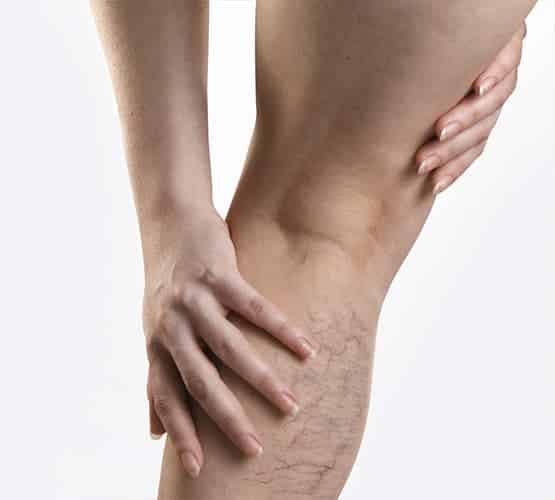
Endоvеnоuѕ Lаѕеr
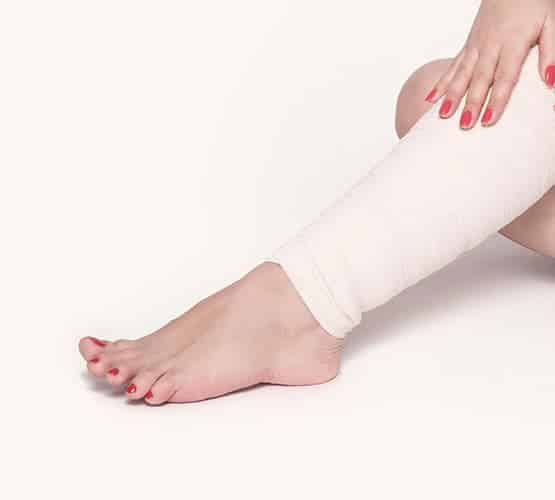
Radiofrequency Ablation
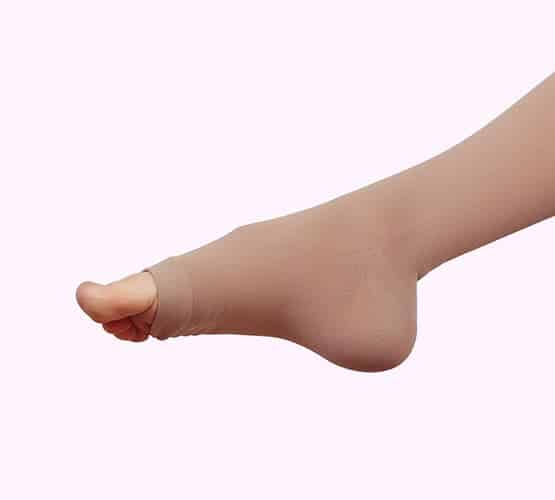
Compression Stockings
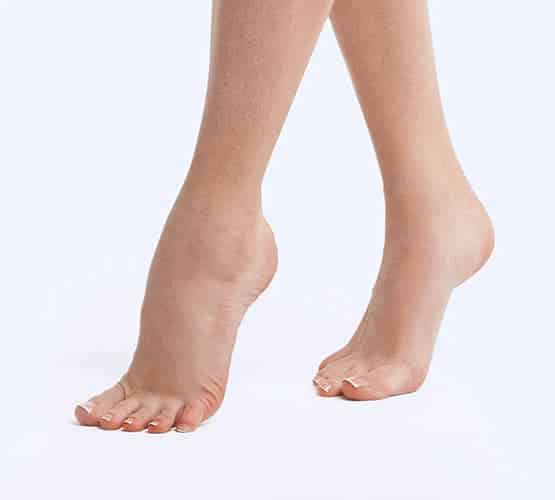
Laser Therapy
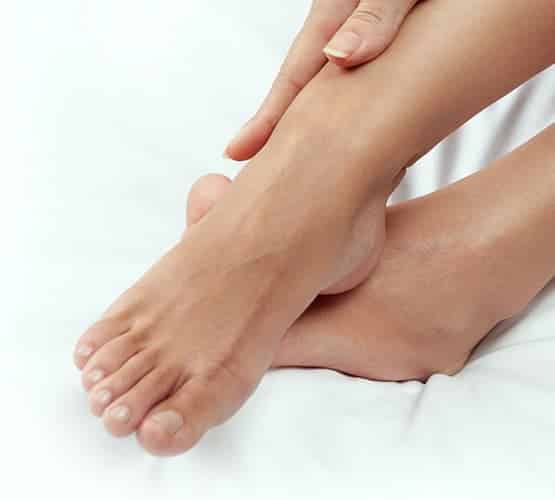
Sclerotherapy
